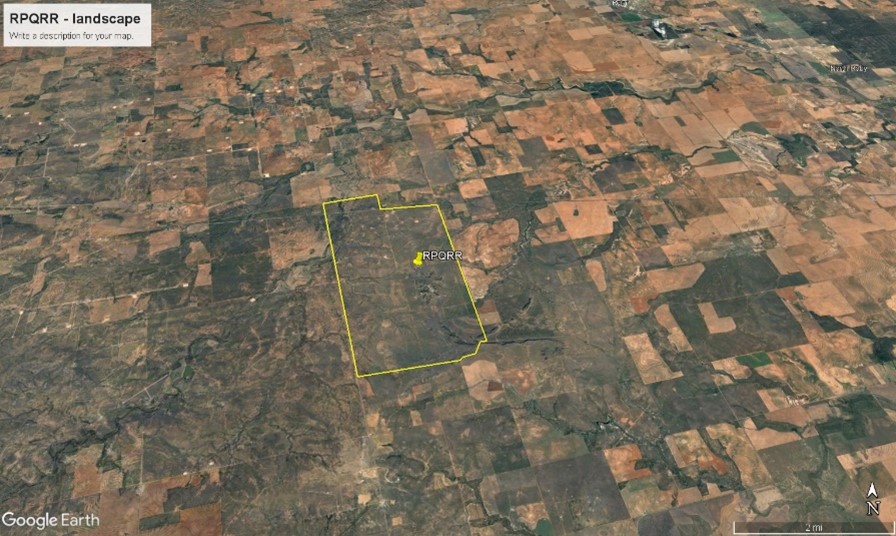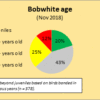
Wildlife habitats play a crucial role in sustaining biodiversity and ecological balance on our planet. As human activities continue to fragment and degrade natural landscapes, it becomes increasingly essential to adopt a landscape-level approach to wildlife habitat management. This approach involves considering the broader ecological context and interconnectedness of various habitats and species within a region. One of the most effective ways to address this complex challenge is through partnerships between various stakeholders, including government agencies, non-profit organizations, private landowners, and local communities.
Landscape-level wildlife habitat management entails considering habitats across large expanses, encompassing diverse ecosystems and land uses. Unlike traditional site-based conservation, which focuses on individual protected areas, this approach aims to safeguard ecological processes, species migration patterns, and habitat connectivity on a broader scale. By recognizing the interdependence of different habitats, it becomes possible to address habitat fragmentation and ensure long-term ecological resilience.
Managing wildlife habitats at the landscape level presents unique challenges due to the complexity of ecosystems and multiple interacting factors. A single entity, such as a government agency or a non-profit organization, often lacks the resources and expertise to tackle such complex issues alone. To address this complexity effectively, partnerships are essential, as they bring together a diverse range of skills, knowledge, and resources.
Partnerships foster synergy among stakeholders, allowing them to pool their strengths and resources. Government agencies bring regulatory authority, access to funding, and legal mechanisms, while non-profit organizations often provide scientific expertise, community outreach, and advocacy. Private landowners can contribute by implementing sustainable land management practices that support wildlife habitats while maintaining economic viability. Together, they create a powerful force that can overcome the challenges of landscape-level wildlife habitat management.
Engaging local communities and landowners in wildlife habitat management is crucial for the success of conservation efforts. Indigenous and local knowledge about the landscape’s history, biodiversity, and ecological processes can significantly enhance the effectiveness of conservation strategies. Partnerships provide a platform for local communities to actively participate in decision-making processes, fostering a sense of ownership and responsibility for the natural resources they depend on.
The dynamic nature of ecosystems requires adaptive management strategies. Partnerships offer the flexibility to adapt and refine conservation approaches based on ongoing scientific research, changing ecological conditions, and the success of previous initiatives. Regular communication and collaboration among partners enable swift responses to emerging challenges, ensuring the most efficient allocation of resources.
Landscape-level conservation projects often require significant financial resources. Collaborative partnerships open doors to a broader range of funding opportunities, including public grants, private donations, and corporate sponsorships. Combining financial resources from different partners allows for the implementation of more extensive and impactful conservation initiatives.
Partnerships can advocate for improved wildlife habitat management policies and influence decision-makers at various levels. When multiple stakeholders unite with a common conservation goal, they can affect positive changes in governmental policies and regulations. Additionally, these partnerships strengthen institutional support for landscape-level conservation initiatives, making them more likely to receive long-term backing and protection.
Focusing on landscape-level wildlife habitat management allows conservation efforts to scale up significantly. Protecting individual sites is essential, but connecting these protected areas and managing larger landscapes can lead to more effective species preservation and ecosystem resilience. Partnerships enable the integration of conservation efforts across boundaries, enhancing the overall impact of wildlife habitat management.
In conclusion, landscape-level wildlife habitat management is an essential approach to address the challenges posed by habitat fragmentation and degradation. Collaborative partnerships among government agencies, non-profit organizations, private landowners, and local communities are instrumental in achieving effective conservation outcomes. Through synergy, community engagement, flexible adaptive management, and the leveraging of resources, partnerships empower stakeholders to address the complexity of landscape-level conservation. By fostering policy advocacy and institutional support, these collaborations lay the groundwork for scaling up conservation efforts and creating a sustainable future for wildlife and ecosystems. As we move forward, it is imperative that we continue to recognize and harness the power of partnerships in our pursuit of landscape-level wildlife habitat management. – by Dr. Ryan O’Shaughnessy















